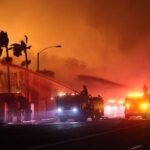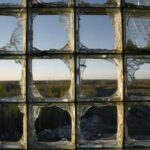Translator’s note: There’s Nobody Up There is a joint anti-war project of Ukrainian photographer Arthur Bondar and Russian writer Ksenia Buksha. The source of the book is Bondar’s unique archive of over fifteen thousand negatives of documentary WWII photographs, from which he selected one hundred photos for the project. Ksenia Buksha wrote thirty-three accompanying vignettes (including “What War Teaches”) of historical fiction, inspired by historical facts gleaned from her research in WWII archives containing newspapers, diaries, and letters of those who lived and died during the war. You can view more photos with their accompanying vignette, “A Burning Crossword Puzzle,” in the most recent print edition of Consequence Vol. 14.2. This singularly powerful juxtaposition of the visual with the verbal drives home the urgent message of this project.
For more background on just one of the photographs from Bondar’s collection—the third photo, of the 3110th Signal Service Battalion—see the Washington Post “In Sight” feature “From V-E Day in Paris to Berlin’s black market: An American GI and his camera in the wake of war”.
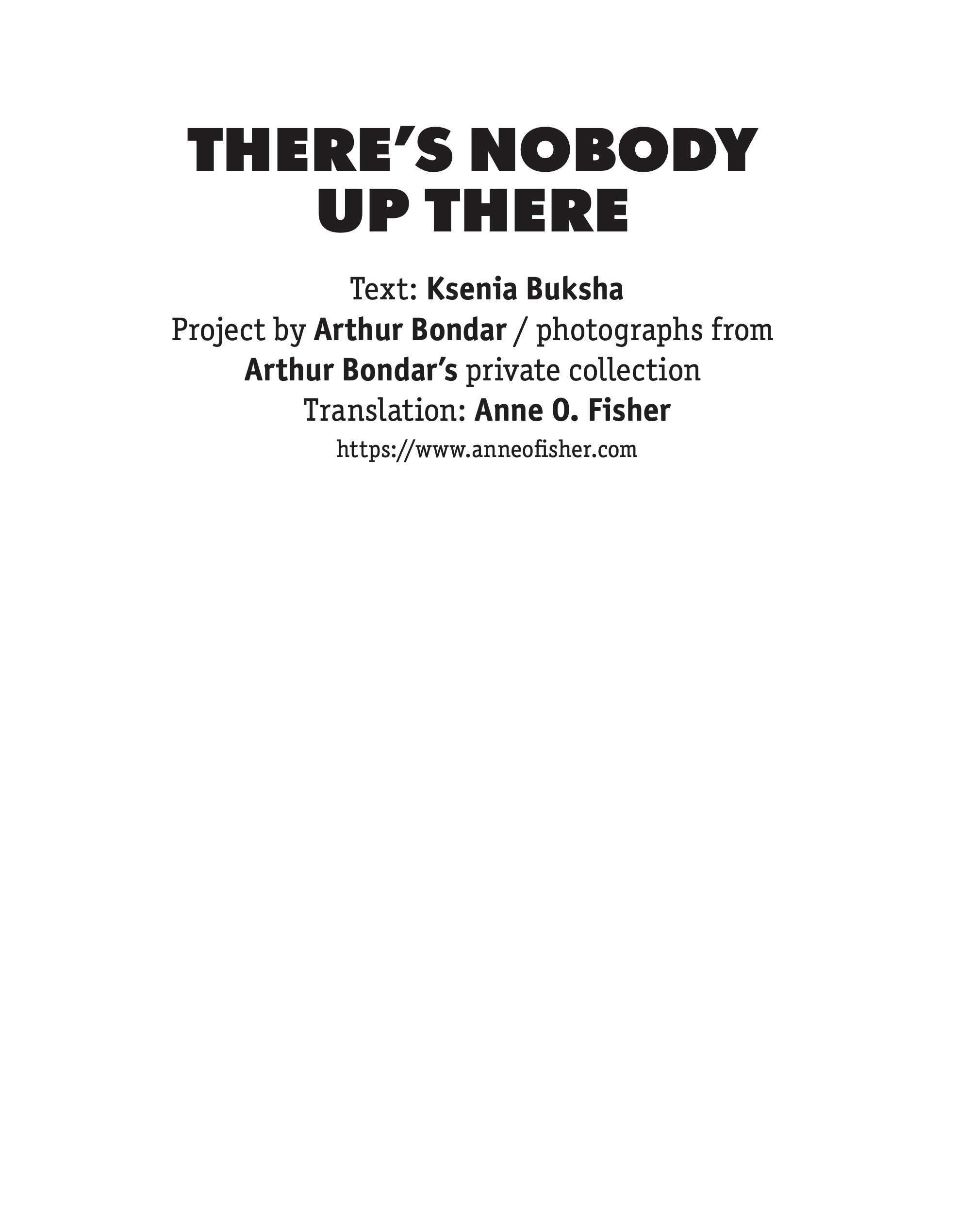
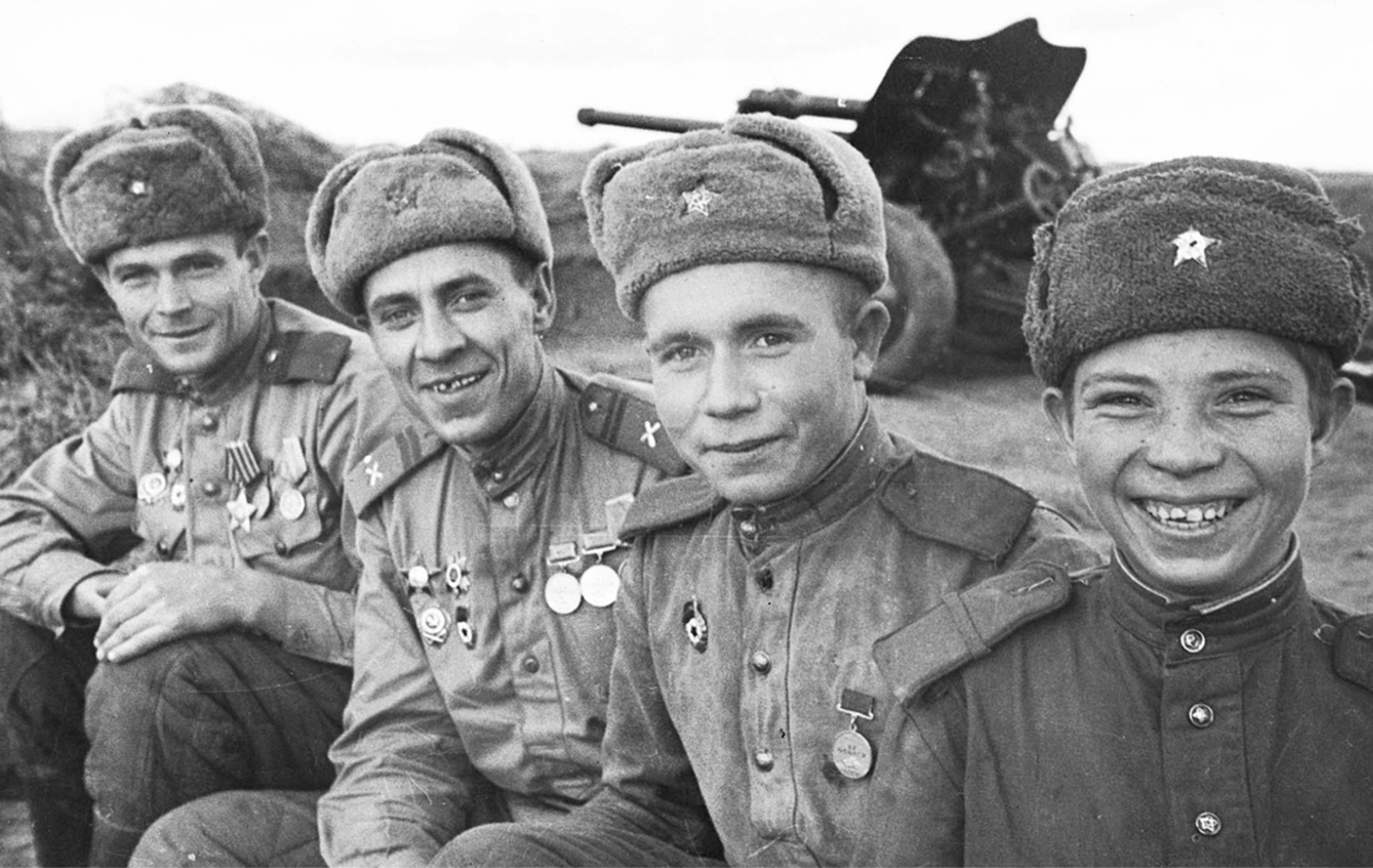 In an artillery unit. Poland. 1944.
In an artillery unit. Poland. 1944.
Photo: Olga Ignatovich / Arthur Bondar private collection
 Servicemen in the Royal Army Medical Corps. Dusseldorf, Germany. 1945-50.
Servicemen in the Royal Army Medical Corps. Dusseldorf, Germany. 1945-50.
Photo: Franz Kaska / Arthur Bondar private collection
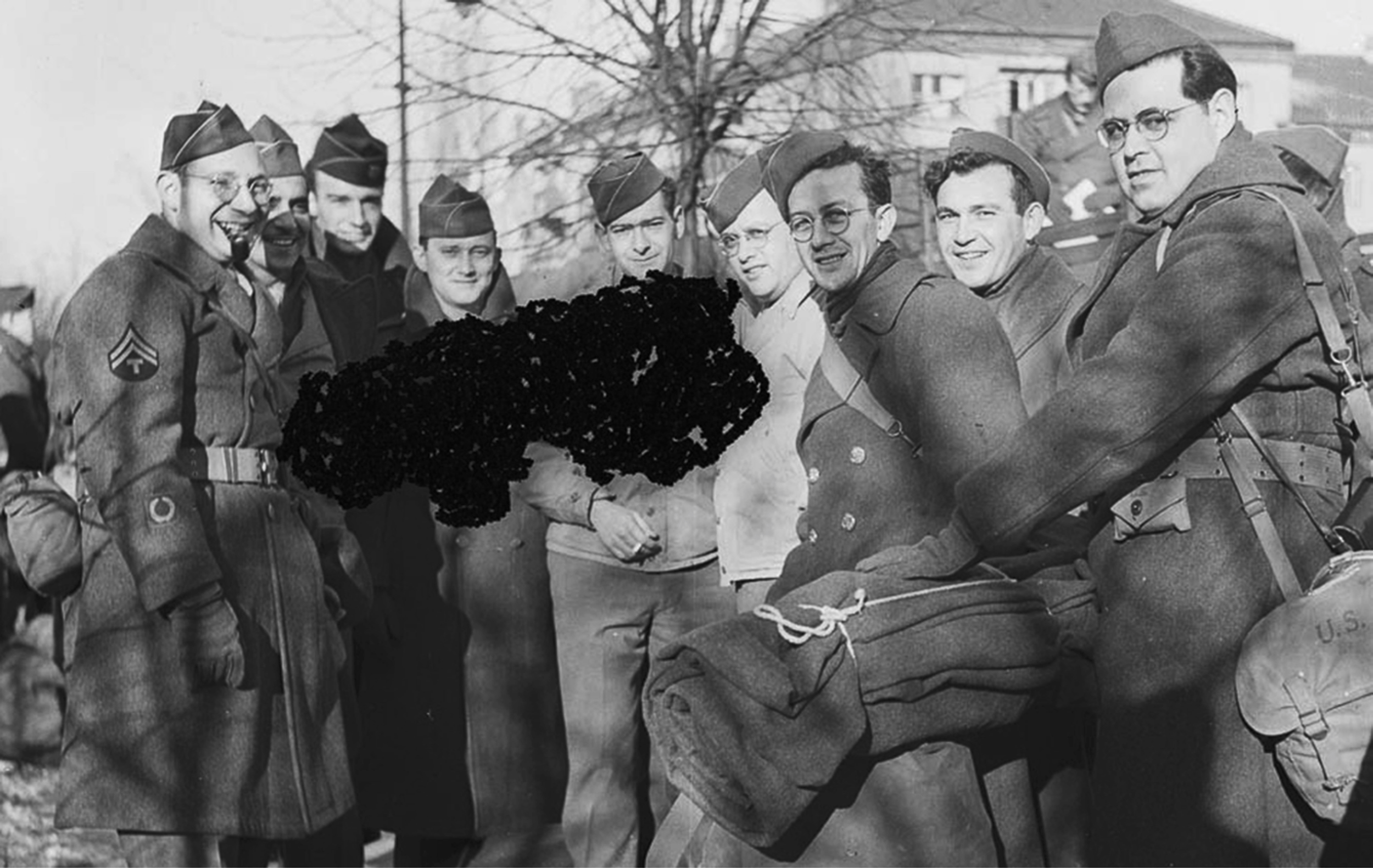 American servicemen unloading their things at the 3110th Signal Service Battalion area. Berlin, Germany. October 1945.
American servicemen unloading their things at the 3110th Signal Service Battalion area. Berlin, Germany. October 1945.
Photo: Sam Jaffe / Arthur Bondar private collection
 Young German aviators. Germany. 1939-40.
Young German aviators. Germany. 1939-40.
Photo: Unknown / Arthur Bondar private collection

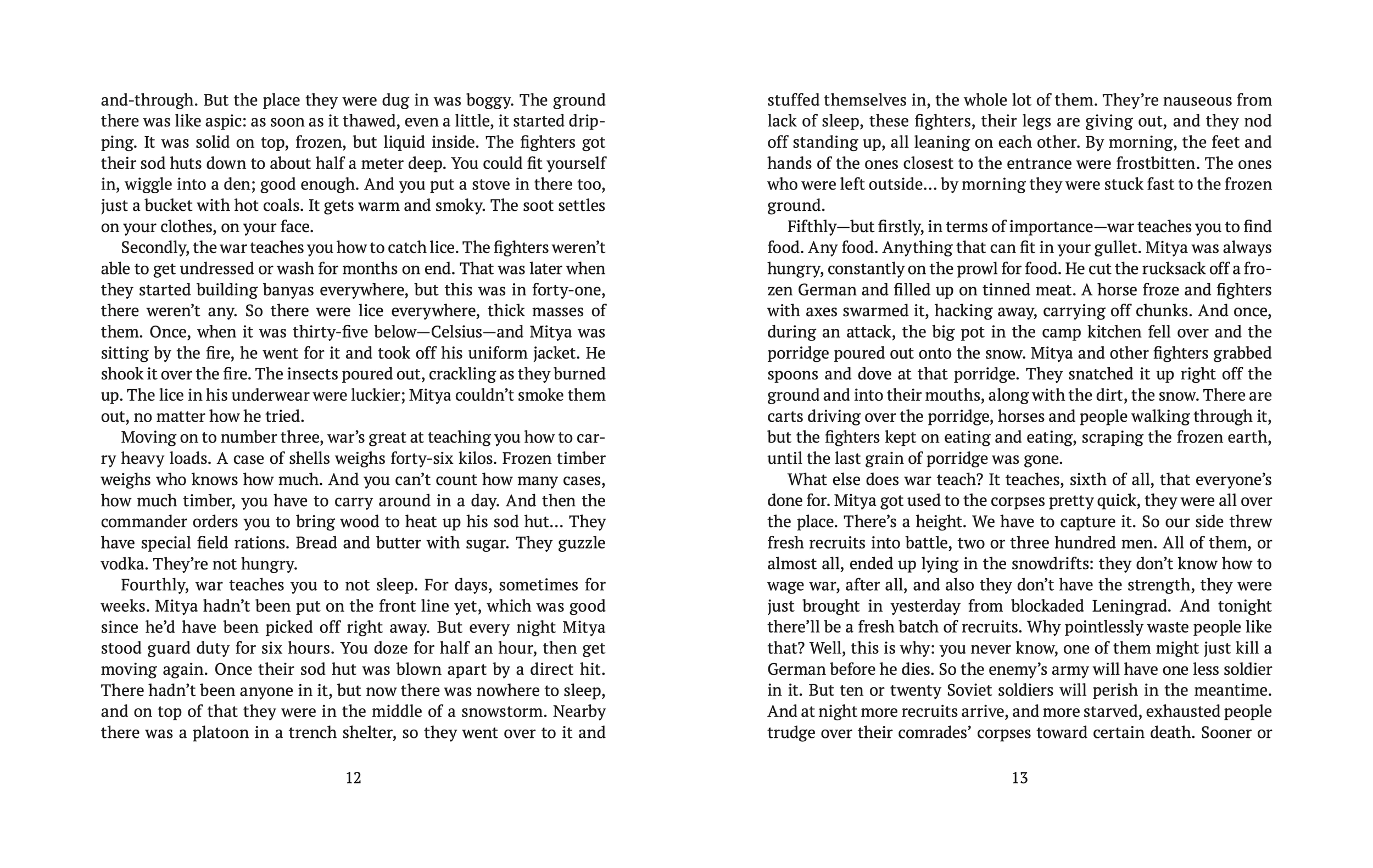

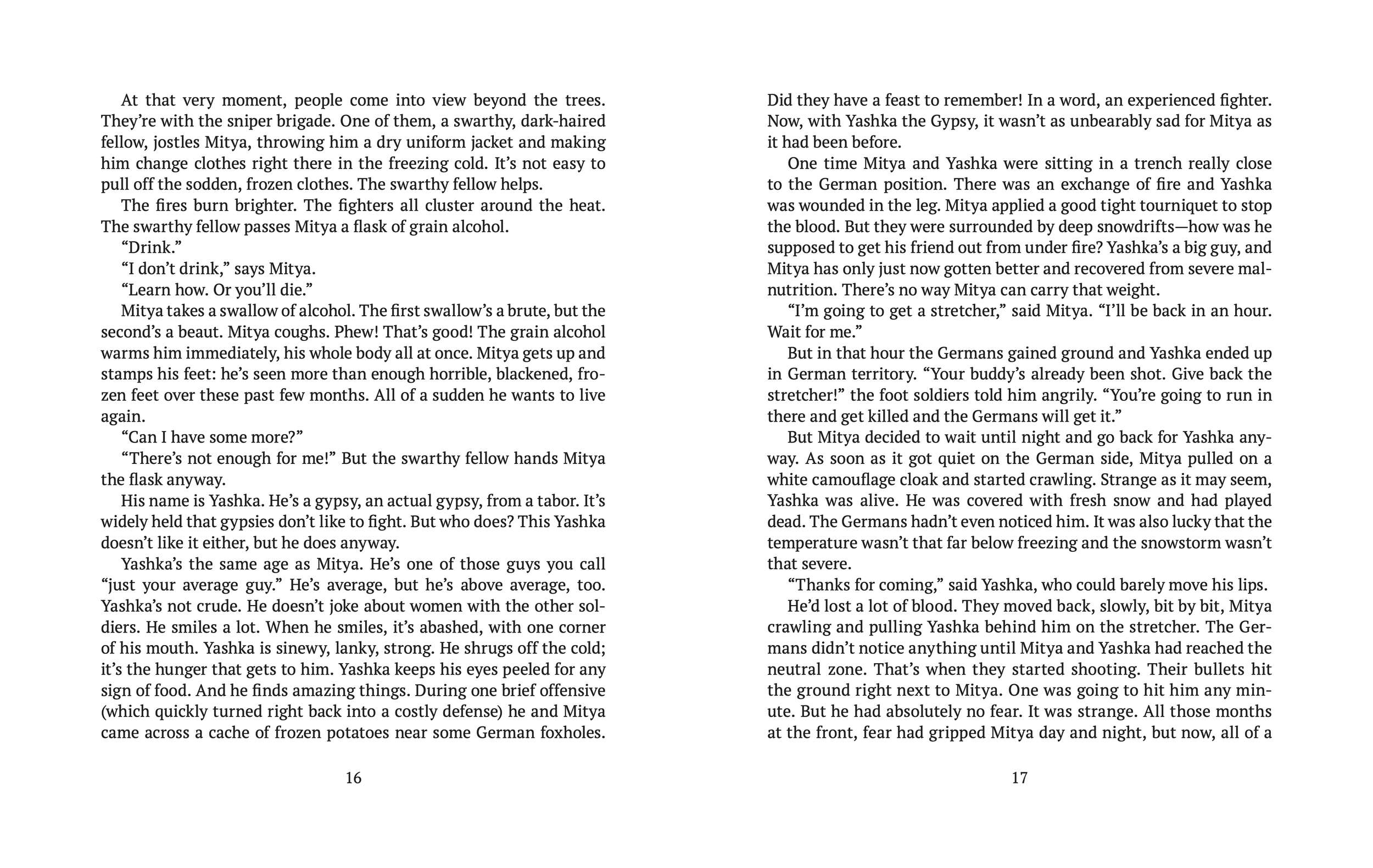
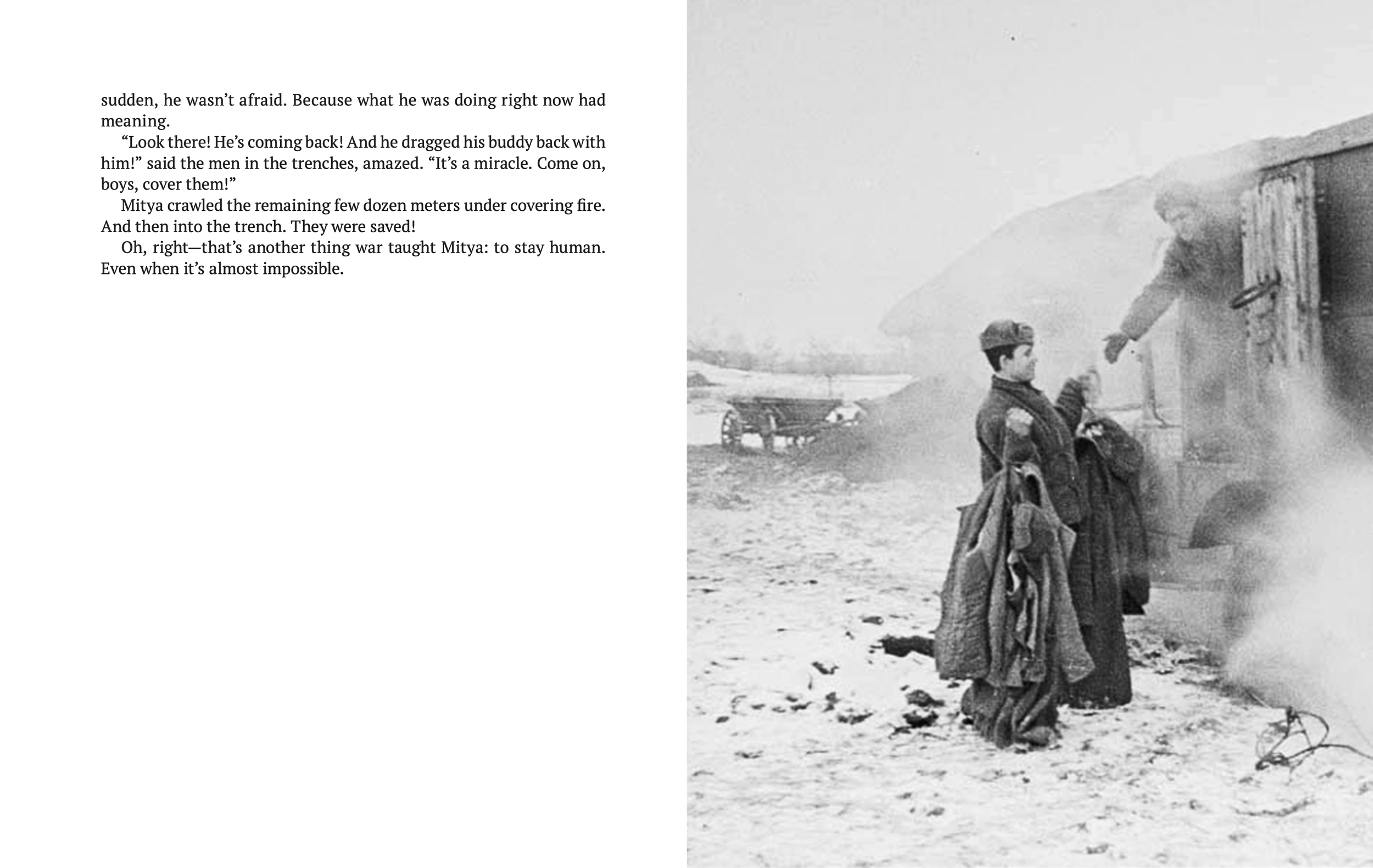 Delousing station. Russia. Winter 1943.
Delousing station. Russia. Winter 1943.
Photo: Oleg Knorring / Arthur Bondar private collection
 Distributing the next portion of wine at the front. By Zhytomyr, Ukraine. 1943.
Distributing the next portion of wine at the front. By Zhytomyr, Ukraine. 1943.
Photo: Oleg Knorring / Arthur Bondar private collection
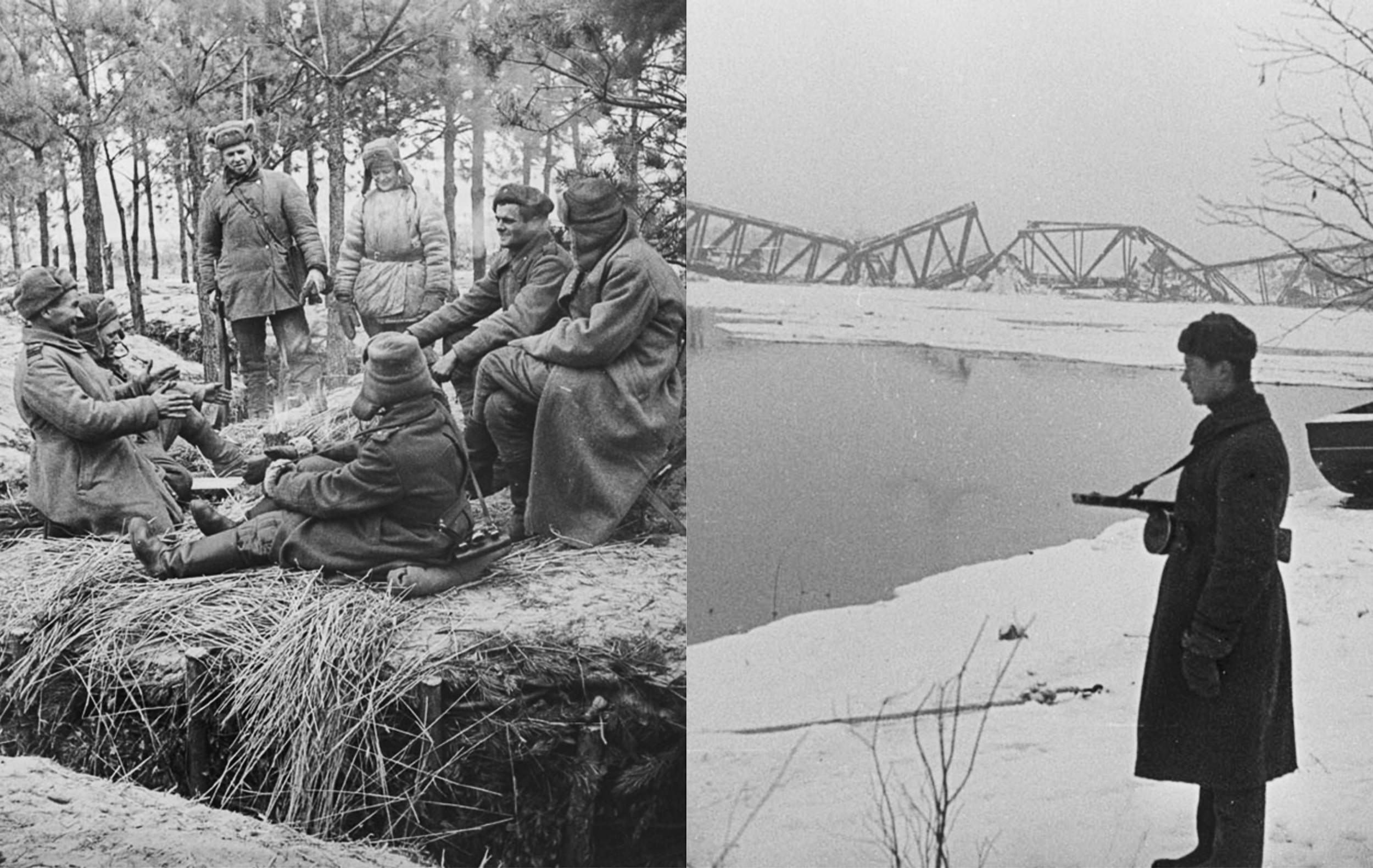 (L) Moments of rest. Kuban, Russia. 1943.
(L) Moments of rest. Kuban, Russia. 1943.
Photo: Aleksandr Kapustyansky / Arthur Bondar private collection
(R) A railroad bridge over the Luga river, blown up by the Germans as they retreated.
The Leningrad front, Russia. 1944.
Photo: Mikhail Prigozhin / Arthur Bondar private collection
 Gatchina POW camp. Gatchina, the Leningrad front, Russia. 1944.
Gatchina POW camp. Gatchina, the Leningrad front, Russia. 1944.
Photo: Mikhail Prigozhin / Arthur Bondar private collection
[Translator’s note: the handwritten words over the arrow are
“The Fascists’ POW Torture Chamber Was Here.”]
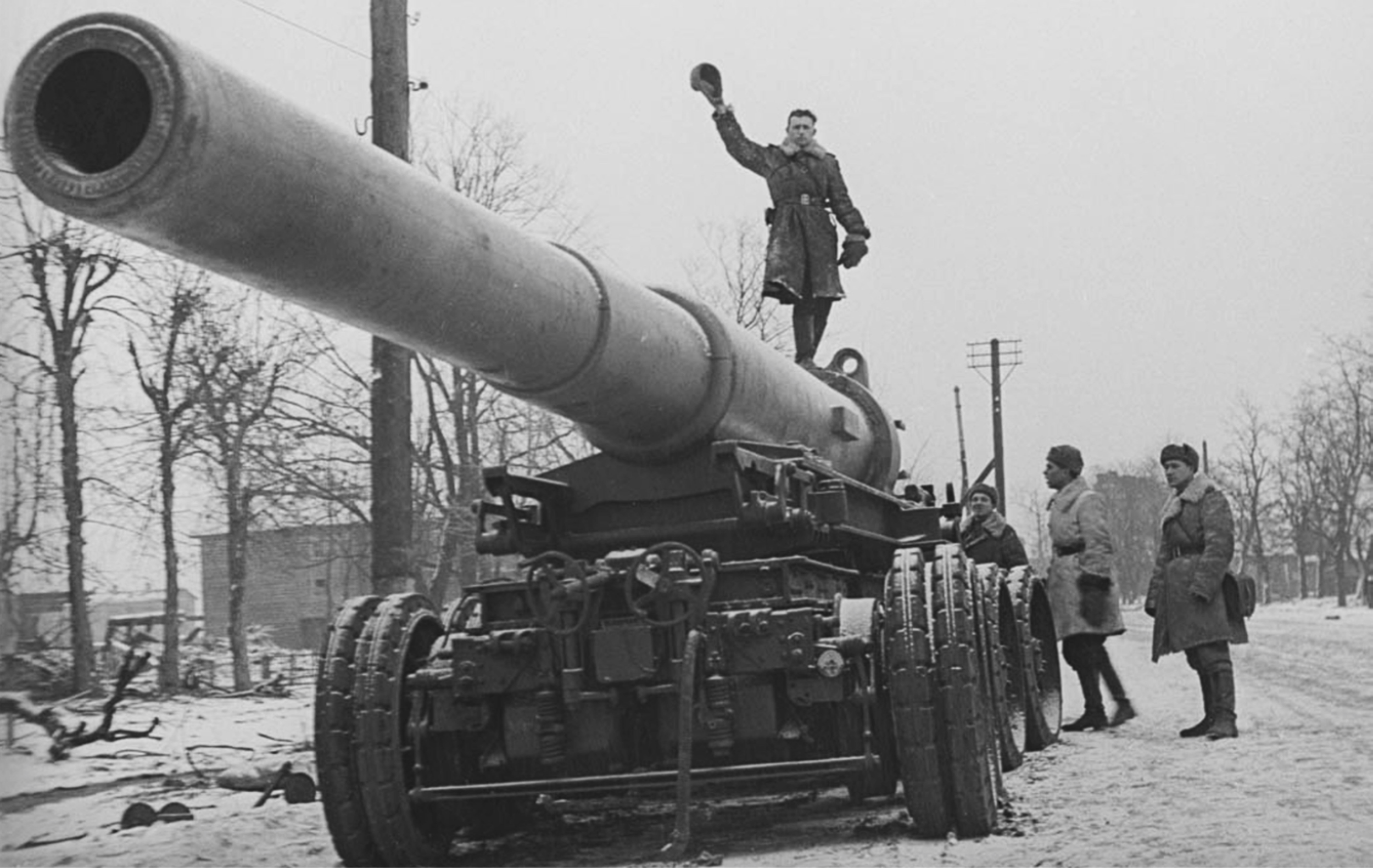 Heavy long-range 305-mm German gun that fired on Leningrad, captured by our soldiers near Krasnoye Selo. The Leningrad front, Russia. 1944.
Heavy long-range 305-mm German gun that fired on Leningrad, captured by our soldiers near Krasnoye Selo. The Leningrad front, Russia. 1944.
Photo: Mikhail Prigozhin / Arthur Bondar private collection
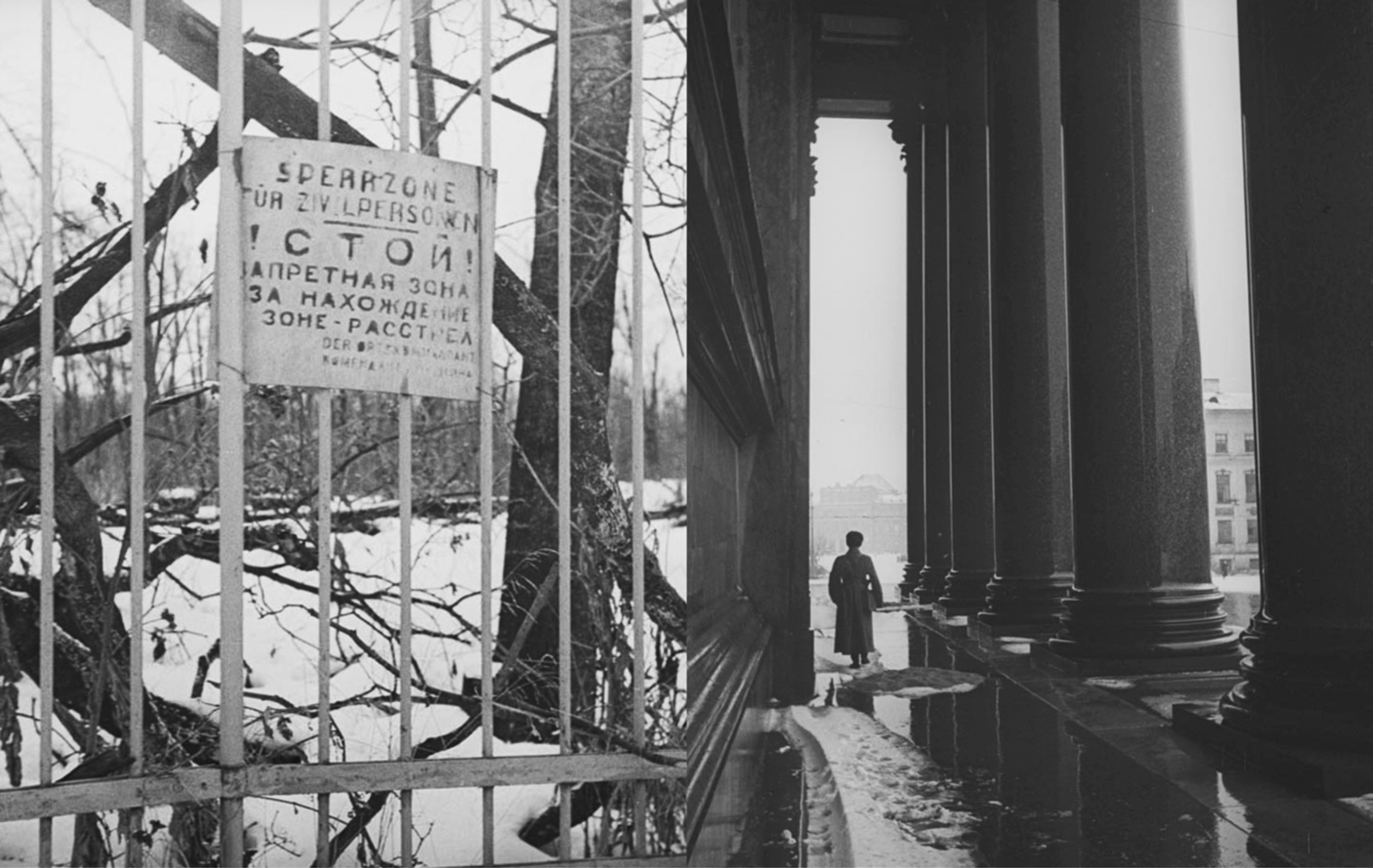 (L) In liberated Pushkin. On the Ekaterininsky Park fence hang the German commandant’s signs warning that residents entering the zone will be shot. Pushkin, the Leningrad front, Russia. 1944.
(L) In liberated Pushkin. On the Ekaterininsky Park fence hang the German commandant’s signs warning that residents entering the zone will be shot. Pushkin, the Leningrad front, Russia. 1944.
Photo: Mikhail Prigozhin / Arthur Bondar private collection
(R) By the columns of St. Isaac’s Cathedral. Leningrad (Saint Petersburg), Russia, 1943-44.
Photo: Aleksandr Kapustyansky / Arthur Bondar private collection
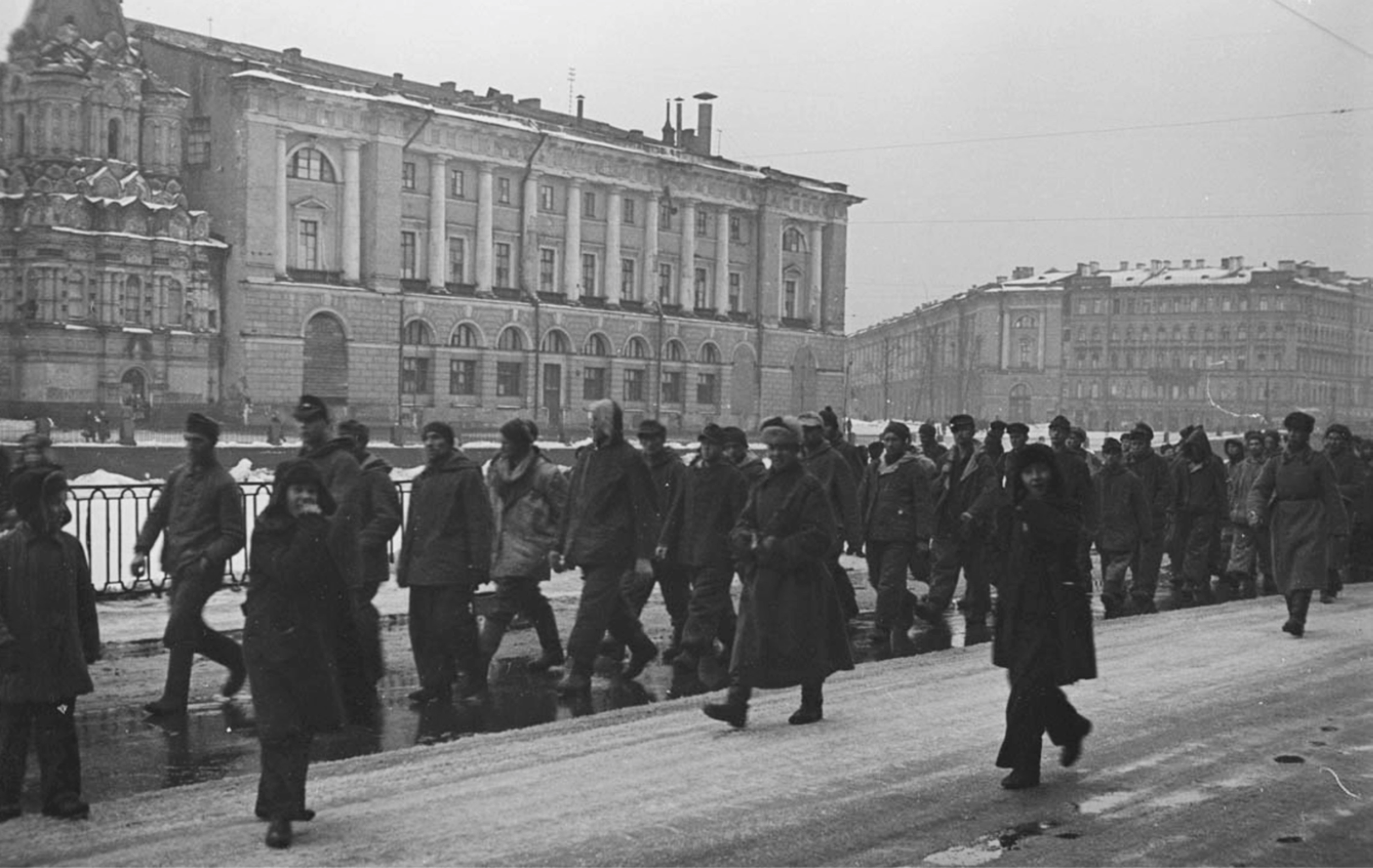 Leningrad during the offensive. A group of captured German soldiers and officers. Leningrad (Saint Petersburg), Russia. January 23, 1944.
Leningrad during the offensive. A group of captured German soldiers and officers. Leningrad (Saint Petersburg), Russia. January 23, 1944.
Photo: Mikhail Prigozhin / Arthur Bondar private collection
Ksenia Buksha (Author) / Anne O. Fisher (Translator)
Anne condemns the Russian Federation’s ongoing war of aggression on Ukraine. Fisher’s recent translations include Sigizmund Krzhizhanovsky’s “The Poetics of Titles,” published in Countries That Don’t Exist (Columbia UP, 2022) and Ksenia Buksha’s essay “The Russia That Was,” published on the Pushkin House blog in May 2022. Fisher’s translation of Ukraine, Love, War: A Donetsk Diary, written by Ukrainian writer, journalist, and historian Olena Stiazhkina about Russia’s 2014 invasion of Ukraine, is forthcoming in 2023 from the Harvard Library of Ukrainian Literature: https://books.huri.harvard.edu/books/ukraine-war-love
Ksenia is the author of fifteen books of poetry and fiction, including the 2014 National Bestseller Prize-winning novel The Freedom Factory. Other literary awards include Città di Penne-Mosca Prize 2014 (Italy), the Big Book award shortlist (2014 for The Freedom Factory and 2020 for Churov and Churbanov), and the NOS shortlist in 2019 for Opens Inward. She is the youngest writer ever to have been shortlisted for Russia’s Big Book prize, and one of only two writers—and the only woman—ever to be shortlisted for the Big Book twice before the age of forty.
Arthur Bondar is a photographer, publisher, and collector. He has published seven books, including Signatures of War, Valery Faminsky V. 1945, and Barricade: The Euromaidan Revolt. His projects have been widely exhibited in museums and art institutions worldwide and his works have been published in The Times, The New Yorker, The New York Times, The Guardian (including his photograph of President Zelenskyy on the front page), Le Monde, The Wall Street Journal, and De Volkskrant.





